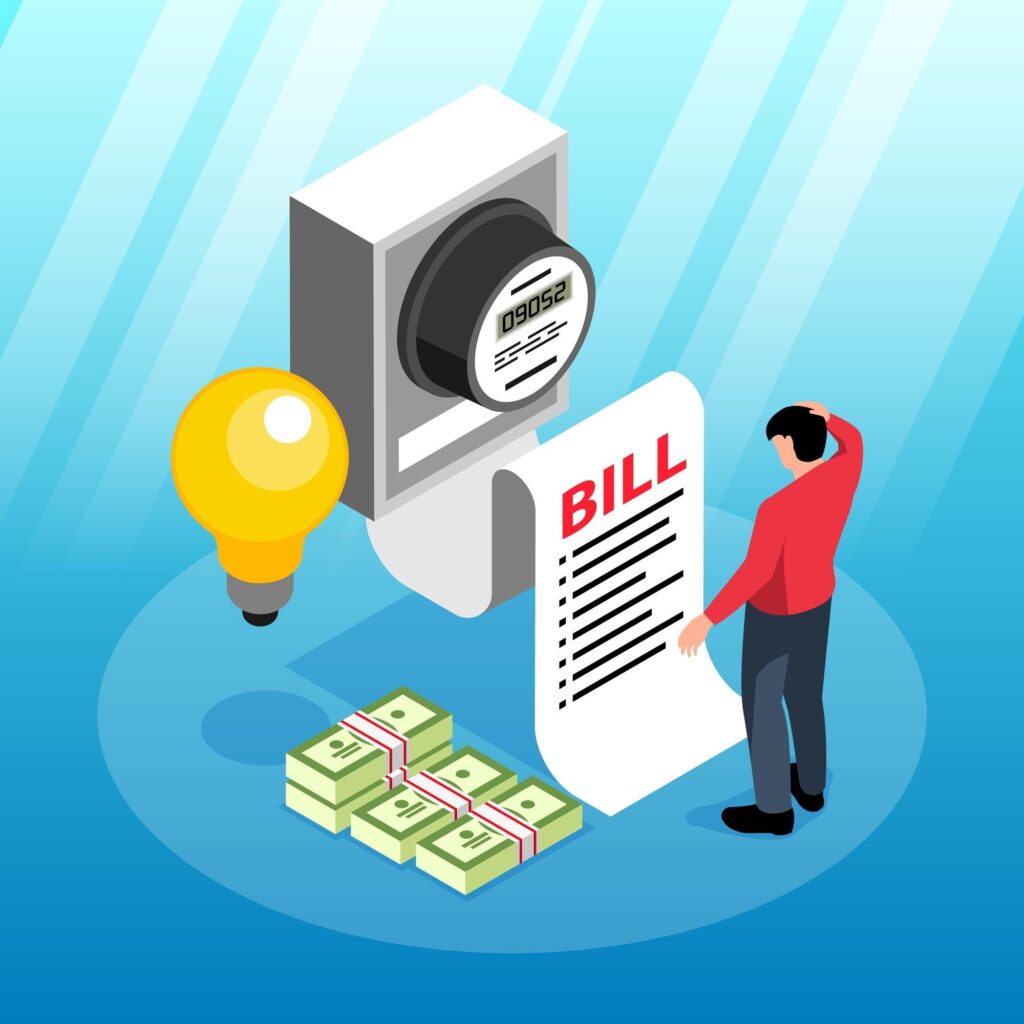
If your energy or internet bill seems higher than usual, you’re not alone. Australians often pay more than they need to—not because they’re using more, but because of hidden charges buried in their utility plans.
While most of us check the usage and total amount due, we rarely zoom in on the line items. That’s where these hidden costs creep in. Over time, they silently pile up, eating into your budget. So, what are these hidden costs—and more importantly, how can you steer clear of them?
1. Connection and Disconnection Fees That No One Talks About
Switching providers is supposed to help you save, but many users forget to factor in the connection or exit fees. Some energy and internet companies charge customers for activating a service or disconnecting it before the contract ends.
These fees may not always be upfront in the plan summary. You’ll usually find them buried in the fine print or the terms and conditions. The cost varies across providers, but even a one-time fee of $40–$100 can offset the savings you were hoping for by switching.
Before committing to a plan, it’s smart to ask:
- Is there a lock-in period?
- What’s the early termination fee, if any?
- Are there connection or setup costs?
Using comparison platforms like Select & Save can make this easier—filter plans by contract type and see potential charges upfront.
2. The Loyalty Tax: Paying More Just for Staying Put
It sounds unfair, but existing customers often pay more than new ones. This “loyalty tax” is widespread in Australia’s deregulated energy and telco markets.
Providers offer generous sign-up discounts to attract new customers but rarely pass the same value on to loyal users. If you’ve been with the same provider for years, chances are you’re on a legacy plan with less competitive rates.
The fix? Don’t wait for your provider to reward you. Revisit your plan every 6–12 months. Use online tools to compare fresh offers and renegotiate—or switch—when needed.
3. Usage Estimations and Billing Errors
Many Australians receive estimated bills, especially for electricity. If a provider can’t access your meter (common with traditional setups), they estimate usage based on past data. This might work in your favour—or it might not.
Estimated usage often leads to overbilling. You may end up paying for more than what you’ve actually consumed.
To avoid this:
- Opt for a smart meter if available.
- Submit self-meter reads where allowed.
- Check your actual usage history via the provider’s app or dashboard.
A small error each month may seem negligible. But over a year, it could cost you a few hundred dollars more than necessary.
4. Late Payment Fees and Pay-on-Time Discounts
Missed a due date by a day or two? That can trigger a late payment fee, wiping out your pay-on-time discount or adding a penalty to your next bill.
EnergyAustralia, Origin, and others often offer pay-on-time discounts, but these are conditional. If your payment slips, even once, the discount may be revoked. What’s worse is that the bill doesn’t always clarify this unless you look closely.
The best solution to avoid late payment is to consider setting up a direct debit from your bank account or credit card. You may also get a discount on setting up the direct debit. Alternatively, you can create calendar reminders on your smartphone to avoid late payments.
Another viable solution to avoid late payment is choosing the no-penalty plans. There are a few utility providers who offer such plans. As it implies from the plan name, such plans do not impose a penalty or additional fee if you pay your bills after the due date. Some newer energy providers even offer apps with push notifications for upcoming bills—worth considering if you often pay at the last minute.
5. Bundled Service Confusion
Bundling your internet, mobile, or energy services under one provider seems convenient. But it doesn’t always mean cheaper. In fact, providers may tempt you with bundle discounts only to offset it through other means—like higher setup fees, increased rates after the promotional period, or subpar customer support.
Always do a quick check: Would you be better off choosing each service individually from different providers? Comparison platforms like Select & Save break down bundled and standalone pricing so you can make apples-to-apples comparisons.
Final Thoughts: Awareness = Savings
Hidden costs don’t usually feel like much in the short term. A connection fee here, a billing miscalculation there—what difference does it make? But over a year or more, these small charges quietly drain your finances. The key is to stay informed and not assume that your current plan is still the best fit.
Take a few minutes to compare providers regularly. Scrutinise your bill beyond the total payable. Ask questions, read the fine print, and use trusted consultations like Select & Save to filter out plans with hidden charges. Because when it comes to household bills, what you don’t see is often what costs you the most.
